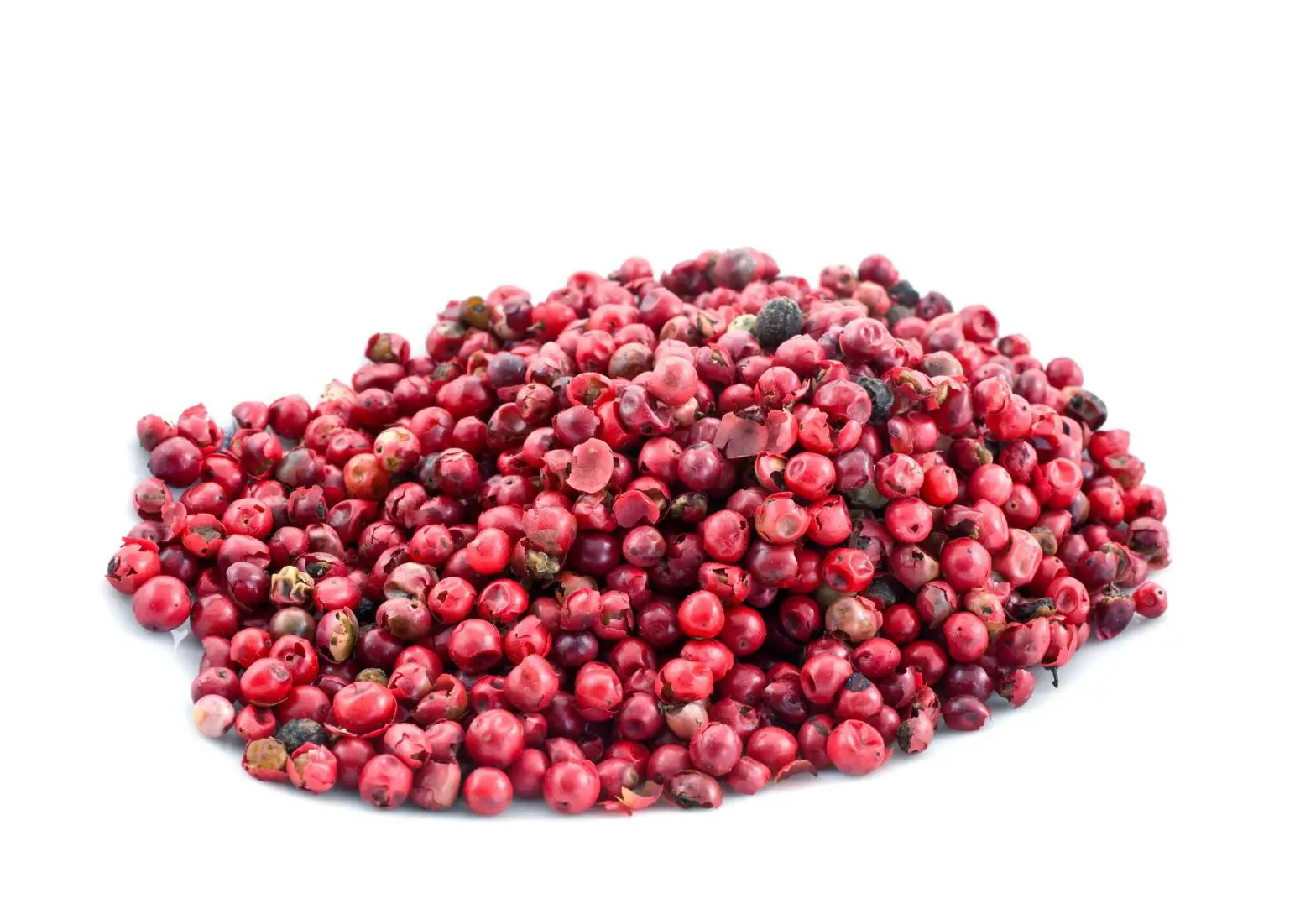Pink pepper is a popular spicy note in perfumes. It’s derived naturally from the essential oil of pink peppercorn, the dried ripened fruit of the Schinus molle tree.
Schinus molle, also known as “Peruvian pepper” or “American pepper,” is an evergreen tree that spreads quickly and grows tall in the sandy soil and dry climate that it thrives in, in some cases as high as 50 feet (15 meters).
Native to the Peruvian Andes—the highest mountain range after the Himalayas in Asia—the Schinus molle tree’s name in Latin comes from the Quechua word for it, mulli.
Today, Schinus molle is grown in Argentina, Uruguay, Brazil, Bolivia, Peru, and Ecuador. In the United States, pink pepper is cultivated chiefly in Southern California, Florida, and Hawaii.
Its fruit can appear all year round. As it ripens, it turns from green to bright pink, deep red, or saturated purple. It’s traditionally tried and used as a piquant spice for seasoning foods.
But we’re here to discuss its aromatics.
To many Sterlish readers, the essential oil of pink peppercorn is a pleasantly familiar note. It’s a beloved ingredient among perfumers for composing peppery fragrances with a subtle kick and capricious character.
As a fragrance note, pink pepper has a floral, spicy, and delicately sweet character. It imparts a fiery-rosy nuance to perfumes—and blends exceptionally well with floral, woody, and citrus notes.
Pink pepper essential oil pairs with jasmine, rose, lime, lemon, orange, grapefruit, blood orange, vanilla, tonka bean, frankincense, clove, musk, cedarwood, sandalwood, and vetiver.
Substitutes for pink pepper essential oil include more lemony and slightly spicier ginger oil, sweeter juniper oil, and the more potent, undoubtedly more aggressive black pepper oil.
Typically, pink pepper essential oil is extracted from pink peppercorn through a process known as “steam distillation.”
Water is heated almost to its boiling point of 212°F (100°C). Once up to heat, some of the water turns into steam that rises to the top.
As it rises to the top, the steam passes through the pink peppercorn and gently extracts some of its aromatic oils along the way.
Once the steam cools down, it liquefies and separates into two: water and the essential oil of pink peppercorn floating on top of it.

